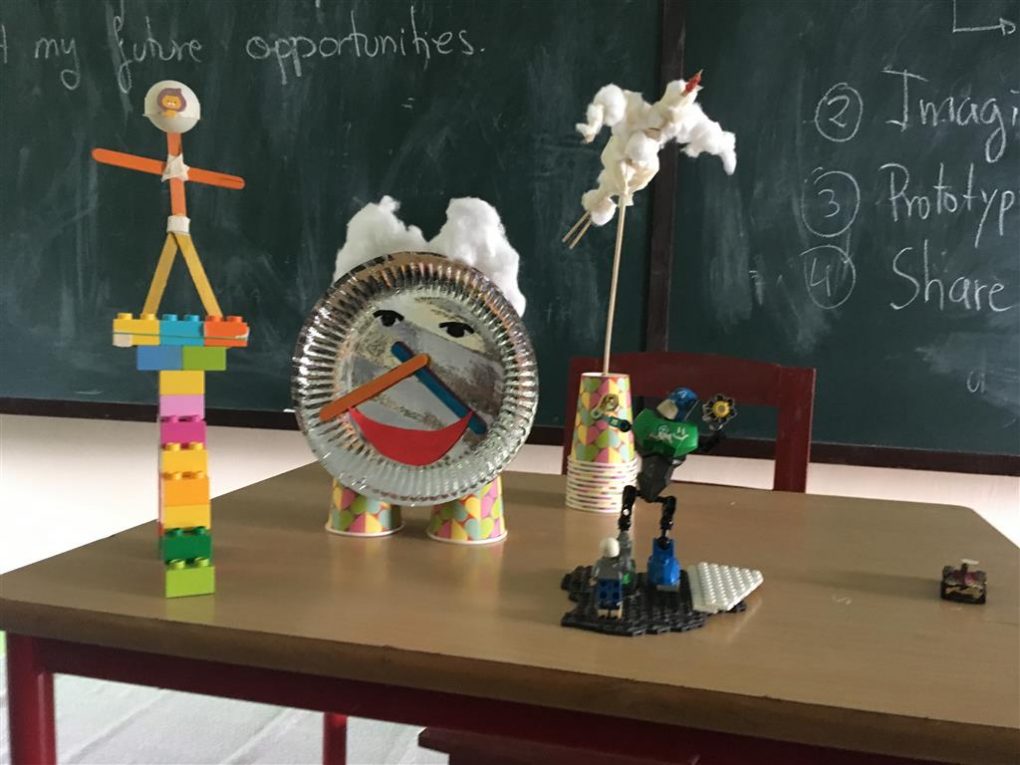Let’s find creative solutions to our challenges! – Design Thinking Workshop
If you would like to learn about how to find innovative solutions to a challenge you might have, the design thinking methodology can be a way of achieve it.
During her three week stay in the Philippines, Judit Llavina Serra, an education specialist from Madrid, Spain, facilitated design thinking workshops at the International School Manila, and at the National Public High School in Puerto Galera. The main objective of the workshops was to empower students to think about their future academic and professional opportunities and to come up with a wide range of answers to the following questions: “How can we enhance our knowledge of our future options?” or “How can we face and overcome the barriers we might find in our way to accomplish our academic an professional dreams?”
The students went through five stages of the design methodology.
- Feel: the students need to deeply understand the challenge they want to solve. As a consequence, they are asked to realize some short interviews to their peers about that concrete topic. By doing this, they will get to know other points of view and discover what their peers might say, think, feel and do when talking about that challenge. When they finish this empathy process, they have to define a more concrete challenge. For example, “How can we develop our self-confidence?” or “How can we overcome the lack of financial support?”
- Imagine: in groups, participants are asked to think out of the box to list down as many as possible innovative ideas they can imagine that would solve the challenge they have previously defined. The objective was to list down around 50 different solutions in just 15 minutes. Challenge accepted and challenged completed! J
- Prototype: they are given a set of multiple and varied materials (paper clips, ping-pong balls, color papers, wooden sticks, elastic rubber bands…) to create a model/prototype of the solution they have chosen.
- Share: after 20 minutes designing and building their prototypes, every group made a two minutes presentation to everyone else. They had the opportunity to develop their communication skills and explain how they would solve the challenge previously defined.
- Evaluate: after each presentation, every group received feedback from their peers following the “sandwich rule”. This consists on saying something positive, something to improve or whatever the audience think that should be reconsidered, and finally, something positive again. This last phase is very important because it enhances the capability of giving and receiving feedback in an enriching way.
Without a doubt, students were extremely committed and involved during the entire design thinking session. It was a great experience that allowed students to develop multiple skills such as empathy, creativity, team work, communication and giving and receiving feedback. Moreover, students were responsible for their learning while having lot of fun. Teachers were also involved in the process in helping to guide the students.
